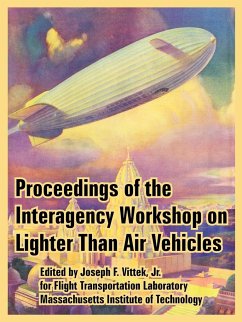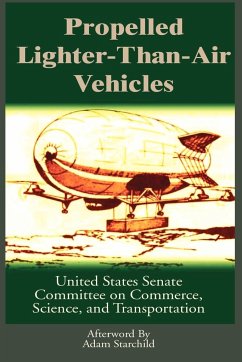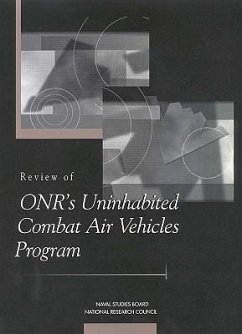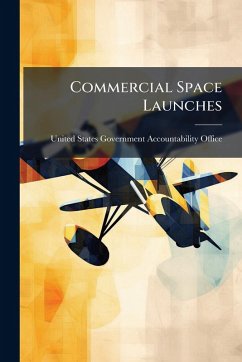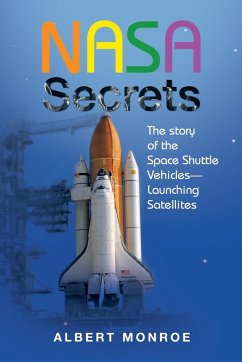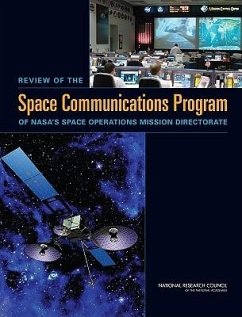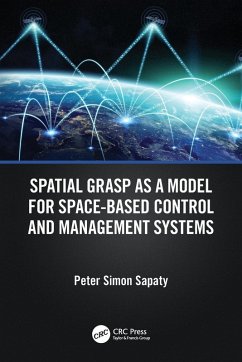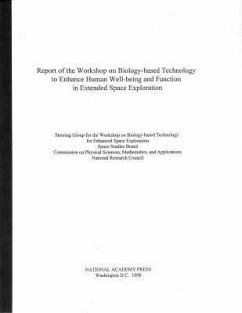
Technical Feasibility of Loitering Lighter-Than-Air Near-Space Maneuvering Vehicles
Versandkostenfrei!
Versandfertig in über 4 Wochen
15,99 €
inkl. MwSt.
Weitere Ausgaben:

PAYBACK Punkte
8 °P sammeln!
The near-space region of earth's atmosphere above 20 kilometers altitude is greatly underutilized. Lighter-than-air maneuvering vehicles, or airships, using the principle of buoyancy can take advantage of this region to become potential platforms for precision navigation, environmental monitoring, communication relays, missile warning, surveillance, and weapon delivery. These vehicles purportedly provide persistent coverage over large areas of the earth's surface at substantially lower costs than orbiting satellites. This study investigated the technical requirements to loiter an operational p...
The near-space region of earth's atmosphere above 20 kilometers altitude is greatly underutilized. Lighter-than-air maneuvering vehicles, or airships, using the principle of buoyancy can take advantage of this region to become potential platforms for precision navigation, environmental monitoring, communication relays, missile warning, surveillance, and weapon delivery. These vehicles purportedly provide persistent coverage over large areas of the earth's surface at substantially lower costs than orbiting satellites. This study investigated the technical requirements to loiter an operational payload within this high altitude region using a lighter-than-air maneuvering platform. A parametric analysis was conducted to identify the critical technologies needed to achieve operational payload, power, altitude, and stationkeeping requirements. The research concluded feasibility of stationkeeping a 1000 kg payload in lower near-space (20-25 km) using current airship technologies. Solar powered electric propellers provided the best overall near-space loiter capability for missions beyond 30 days. Additional loiter capability can be attained for shorter missions using fuel cell technologies. Technology improvements in the airship's drag coefficient, envelope fabric density, and payload mass and power requirements are required to attain altitudes beyond 25 km. This work has been selected by scholars as being culturally important, and is part of the knowledge base of civilization as we know it. This work was reproduced from the original artifact, and remains as true to the original work as possible. Therefore, you will see the original copyright references, library stamps (as most of these works have been housed in our most important libraries around the world), and other notations in the work. This work is in the public domain in the United States of America, and possibly other nations. Within the United States, you may freely copy and distribute this work, as no entity (individual or corporate) has a copyright on the body of the work. As a reproduction of a historical artifact, this work may contain missing or blurred pages, poor pictures, errant marks, etc. Scholars believe, and we concur, that this work is important enough to be preserved, reproduced, and made generally available to the public. We appreciate your support of the preservation process, and thank you for being an important part of keeping this knowledge alive and relevant.



